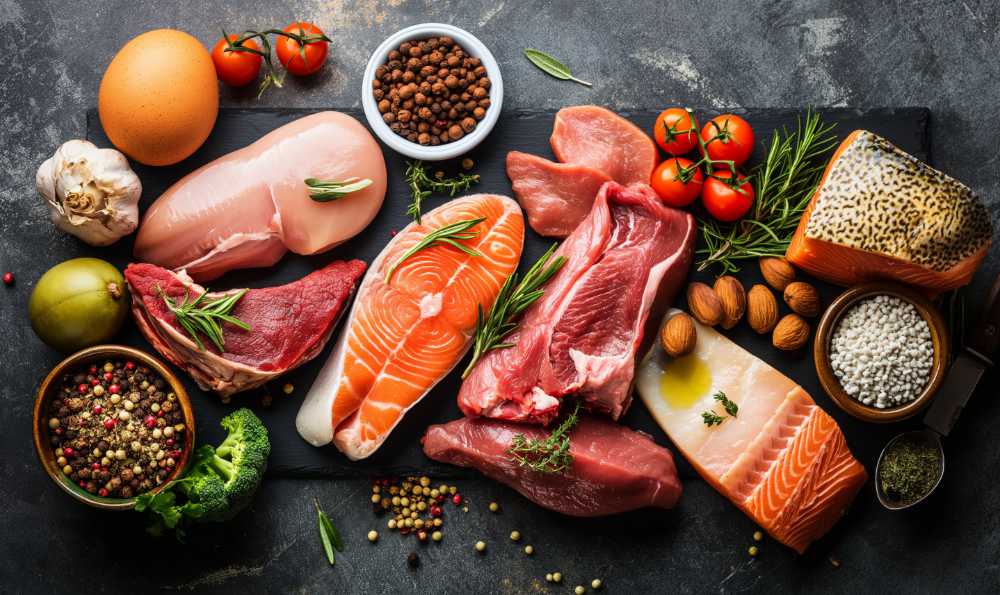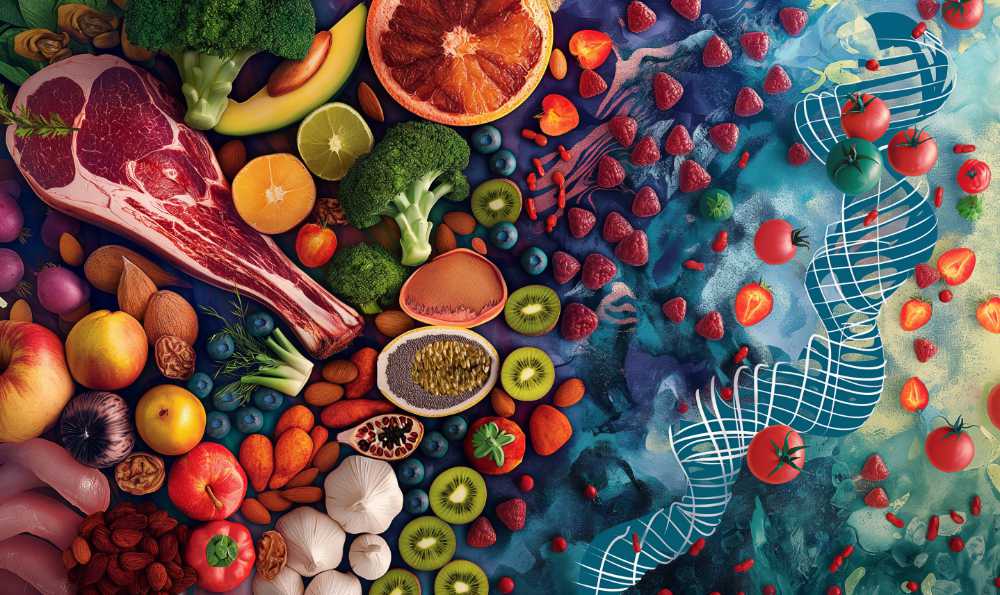The Health Benefits of Meat: Why Humans Thrive on an Omnivorous Diet

Introduction
For thousands of years, meat has been a cornerstone of human diets, providing a wide array of essential nutrients critical for health. Despite the increasing popularity of plant-based alternatives, the unique benefits of meat remain undeniable. This article explores the nutritional value of meat, addresses common criticisms, and discusses the limitations of meat substitutes, all supported by recent scientific literature.
1. Nutritional Value of Meat
1.1 High-Quality Proteins
Meat provides complete proteins containing all essential amino acids required for growth, recovery, and muscle maintenance. These proteins are especially vital for athletes, the elderly, and those recovering from illness or injury. A 2022 study emphasizes that animal proteins are not only more bioavailable but also more effective at promoting muscle synthesis compared to plant-based alternatives. (1)
1.2 Essential Vitamins and Minerals
Meat is a rich source of vital vitamins and minerals, including:
- Vitamin B12: Essential for red blood cell production and proper nervous system function, vitamin B12 is almost exclusively found in animal products, making meat an irreplaceable source for preventing deficiencies. (2)
- Iron: Meat provides heme iron, which is absorbed more efficiently than non-heme iron from plants, helping prevent anemia and supporting energy levels. (3)
- Zinc: Crucial for immune function, wound healing, and DNA synthesis, zinc from meat has higher bioavailability than plant sources. (4)
- Vitamin D: While sunlight is the primary source, meat—especially liver and fatty cuts—offers a dietary supply of vitamin D, which is vital in regions with limited sunlight. (5)
1.3 Bioactive Compounds
Meat contains bioactive compounds like creatine, taurine, and carnosine that play roles in muscle function, brain health, and oxidative stress protection. For instance, creatine supports energy production and strength, while taurine promotes cardiovascular health. (6)
2. Addressing Criticisms of Meat Consumption
2.1 Health Risks
Claims that meat consumption increases risks of cardiovascular disease or cancer often overlook critical nuances. A 2023 review highlights that such risks are largely linked to processed meats and unhealthy cooking methods, such as frying. Moderate consumption of unprocessed, lean meats as part of a balanced diet shows no significant health risks and may even enhance nutritional status. (7)
2.2 Environmental Impact
While livestock farming has environmental impacts, advancements like regenerative agriculture and improved grazing practices can mitigate these effects. Grass-fed livestock, for example, can aid soil restoration, enhance biodiversity, and even sequester carbon in the soil. (8)
2.3 Socioeconomic Considerations
Meat production supports millions of jobs worldwide, from farmers to food suppliers. A drastic reduction in meat consumption could have adverse economic consequences, especially in rural communities dependent on livestock farming. (9)
3. Limitations of Meat Substitutes
3.1 Nutritional Deficiencies
Many plant-based meat alternatives lack key nutrients naturally found in meat, such as vitamin B12, heme iron, and high-quality proteins. While fortification and supplementation can help, these nutrients are often less bioavailable from plant sources. (10)
3.2 Processing and Additives
Plant-based alternatives are often highly processed and contain additives to mimic the taste and texture of meat. As a result, these products may have high levels of sodium, unhealthy fats, and artificial ingredients, which can negate their perceived health benefits. (11)
3.3 Environmental Footprint of Alternatives
Despite being marketed as eco-friendly, plant-based meat production also has environmental costs. Large-scale soybean cultivation for plant protein can lead to deforestation and biodiversity loss. (12)
Conclusion
Meat remains a valuable component of a healthy, balanced diet when consumed in moderation and prepared healthily. It offers unique nutrients that contribute to overall health and well-being. While meat substitutes can diversify diets, their limitations must be recognized. By making informed choices and supporting sustainable farming practices, meat consumption can align with health and environmental goals.
References
- Phillips, S. M. (2022). The impact of protein quality on muscle protein synthesis. Nutrients.
- Allen, L. H. (2022). Vitamin B12 bioavailability in omnivores vs. vegetarians. American Journal of Clinical Nutrition.
- Bains, S. K., et al. (2020). Iron bioavailability in animal-based diets. PMC.
- Walker, C. F., et al. (2022). Zinc and immune function in diverse diets. Frontiers in Nutrition.
- Cashman, K. D., et al. (2022). Vitamin D sources and dietary intake. MDPI Nutrients.
- Wu, G., et al. (2021). Bioactive compounds in meat and their health effects. Advances in Nutrition.
- Johnston, B. C., et al. (2023). Revisiting red meat and chronic disease risk. Nutrition Research Reviews.
- Teague, W. R., et al. (2022). Regenerative grazing and soil carbon sequestration. Nature Sustainability.
- International Food Policy Research Institute (2021). Meat sector development: Global perspectives. IFPRI.
- Monteiro, C. A., et al. (2022). Nutritional limitations of plant-based meat substitutes. Food Research International.
- Hallström, E., et al. (2021). Health implications of highly processed foods. PMC.
- Godfray, H. C. J., et al. (2022). Impacts of plant protein cultivation. Agricultural Systems.


















